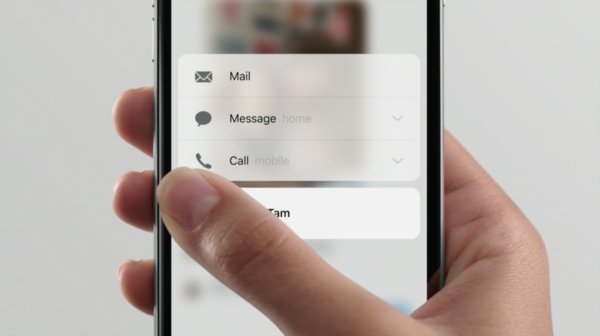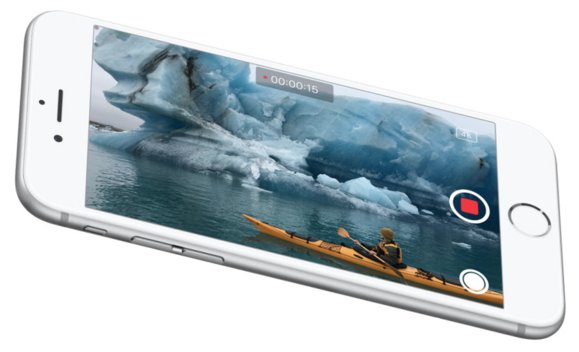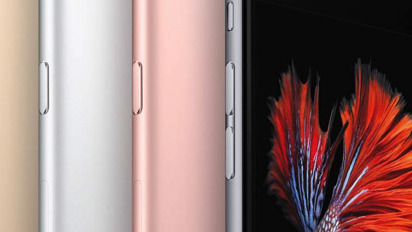Appearance & Design
Though the phone retains the same 4.7-inch form factor and overall aesthetic of the iPhone 6, some important changes have been made. Cosmetically the phone has a new "rose gold" color, alongside existing silver, space gray, and yellow gold options. It's marginally bigger and heavier, and employs tougher 7000 Series aluminum to resist bending. Storage options are unchanged at 16, 64, or 128 gigabytes.
3D Touch
Adapted from Force Touch on the Apple Watch, the phone's signature technology allows "peek and pop" control options in iOS based on the amount of pressure someone applies to the touchscreen. While a light press will preview a Web link in Messages, for instance, pressing a little harder can open it in Safari.
Camera & Processors
Apple's A9 processor is said to be 70 percent faster than the A8 in terms of CPU performance, and 90 percent faster for graphics. Paired with it is an M9 coprocessor, which in addition to handling motion-tracking enables "Hey Siri" as an always-on function. RAM has been doubled to 2 gigabytes.
On the rear is a 12-megapixel iSight camera with improved color accuracy and lower sensor noise. The phone also supports 4K video recording, and Live Photos, an Apple technology that captures the few seconds before and after a still photo, complete with animation and sound.
The front-facing camera has been upgraded to 5 megapixels. To illuminate selfie shots, Apple has developed a technology called "Retina Flash," which briefly lights up the screen three times more than usual and adapts its color balance to ambient light.
Connectivity
LTE support has been extended to 23 bands in total. The phone also supports LTE Advanced, for speeds up to 300 megabits per second on compatible cellular networks.
Wi-Fi connections can potentially be faster thanks to support for 802.11ac with MIMO. Lastly the device supports Bluetooth 4.2, for pairing with the latest accessories.





 William Gallagher
William Gallagher
 Malcolm Owen
Malcolm Owen
 Mike Peterson
Mike Peterson

 Amber Neely
Amber Neely


 Mike Wuerthele
Mike Wuerthele
 Andrew O'Hara
Andrew O'Hara
